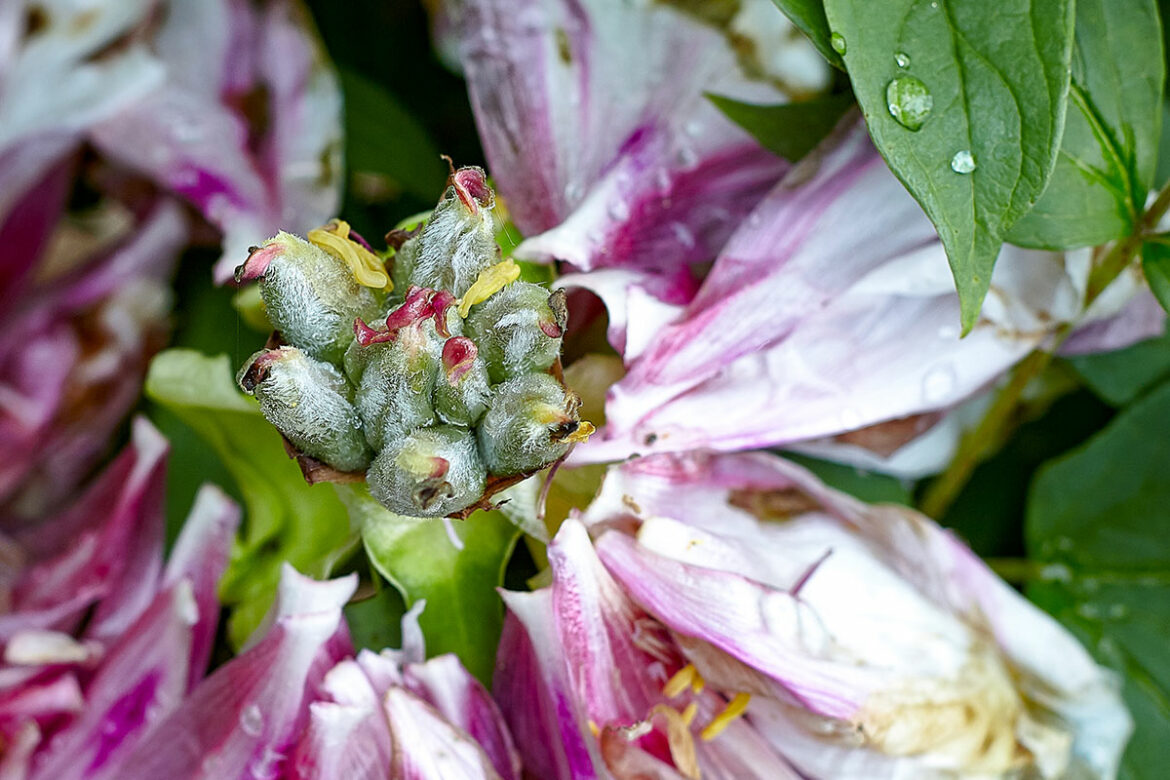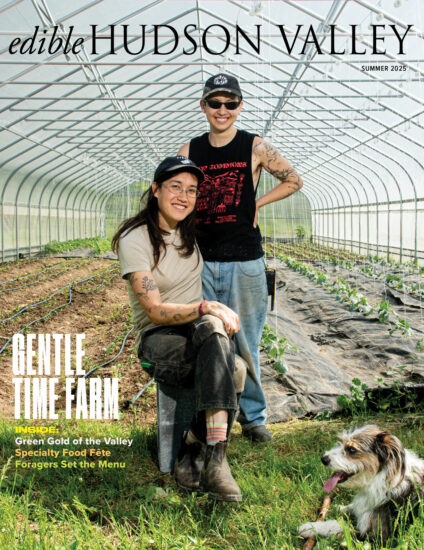Here are Hortus Arboretum & Botanical Gardens’ top picks for shrubs and trees that thrive in the Hudson Valley and produce delicious fruits and nuts. Each is rated on a scale of 1 to 5, with 5 being the most gardener-friendly. For information on shopping resources, please reach out to hortusarboretum@gmail.com.
RELATED: The Constant Gardeners
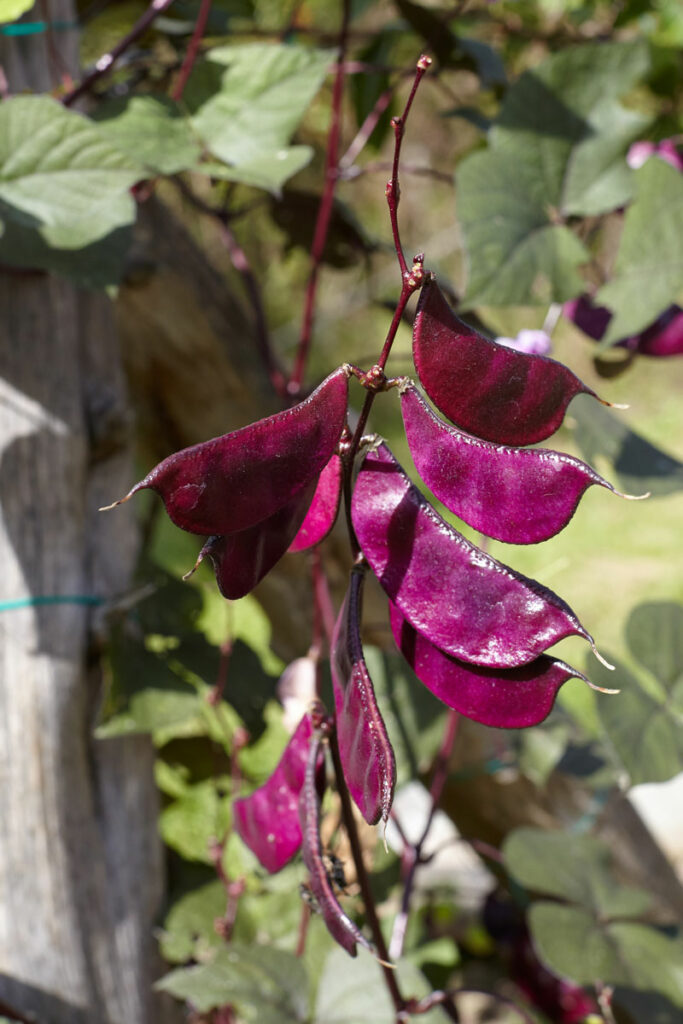
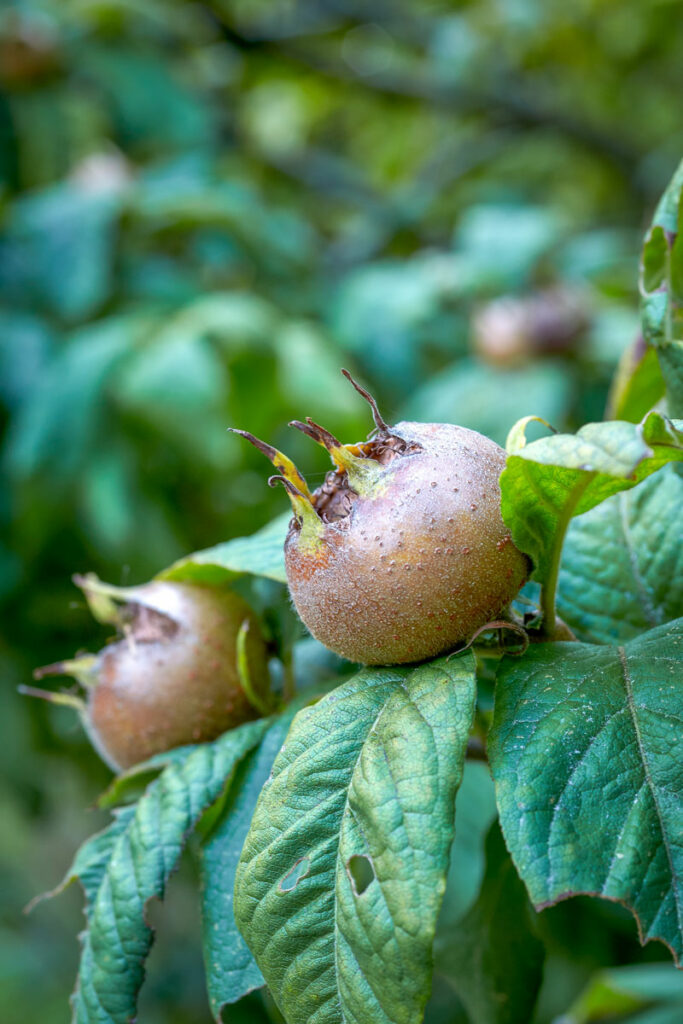
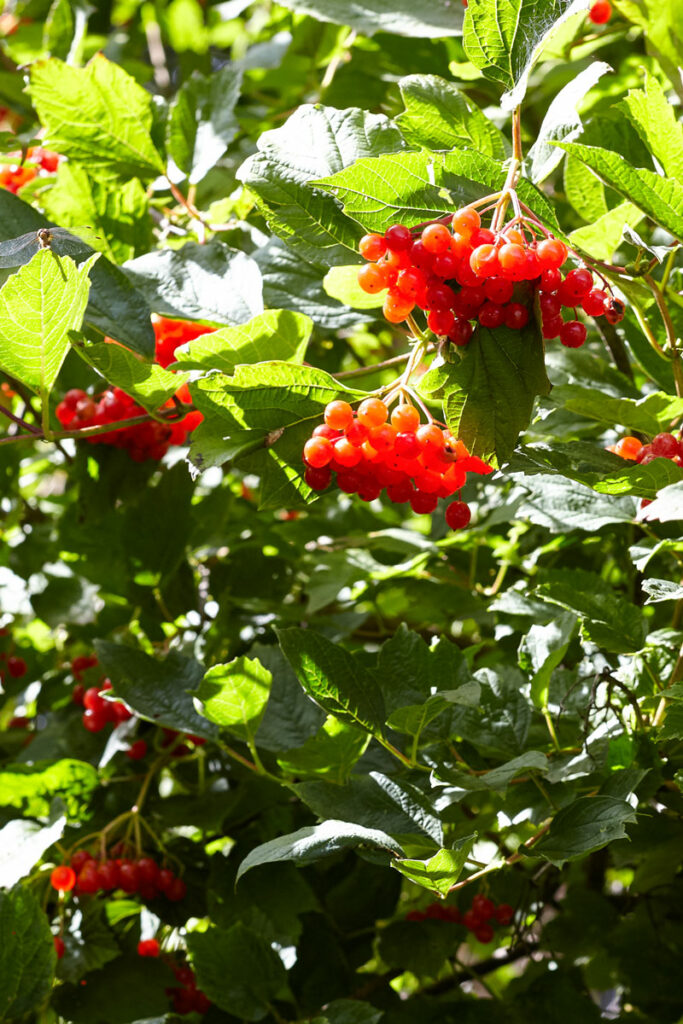
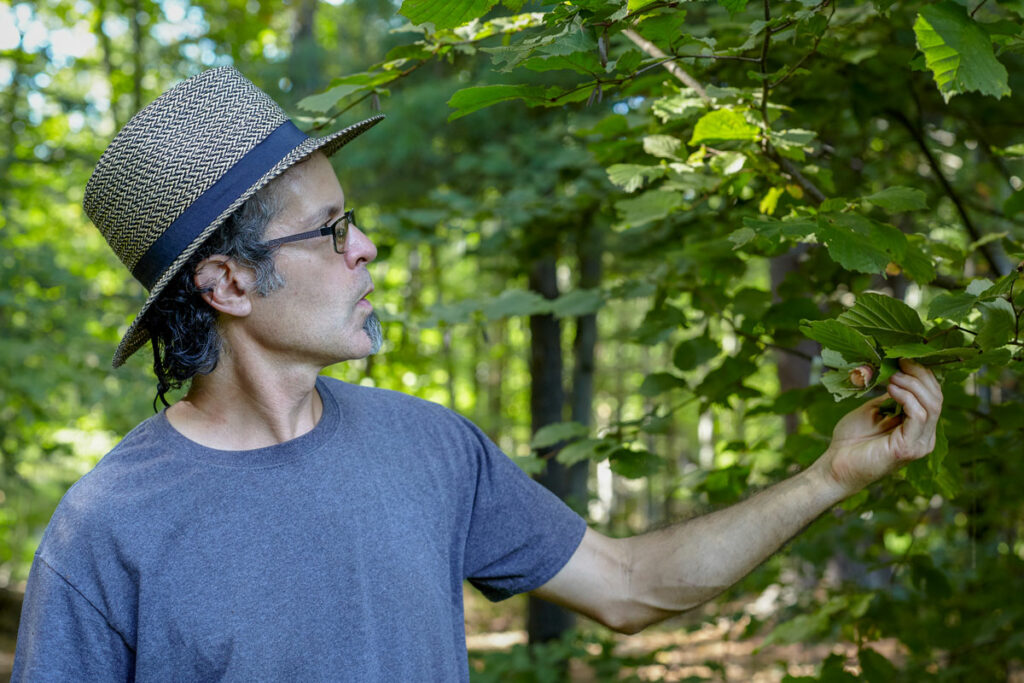
HAZELNUT (Corylus americana, C. avellana, C. ssp.)
A four-season plant, with catkins decorating the branches in fall and winter, followed by edible nuts covered in beautiful husks through summer. Two plants are required for nut production. Rated 5.
5-FLAVOR BERRY (Schisandra chinensis)
A valued medicinal plant throughout Eurasia and Asia, but little seen in the U.S. It produces huge quantities of red berries known for their complex flavor: salty, sweet, sour, bitter, and warm. Look for “Eastern Prince” cultivar, which is a self-fertile selection; otherwise the plant requires two sexed plants. Rated 5.
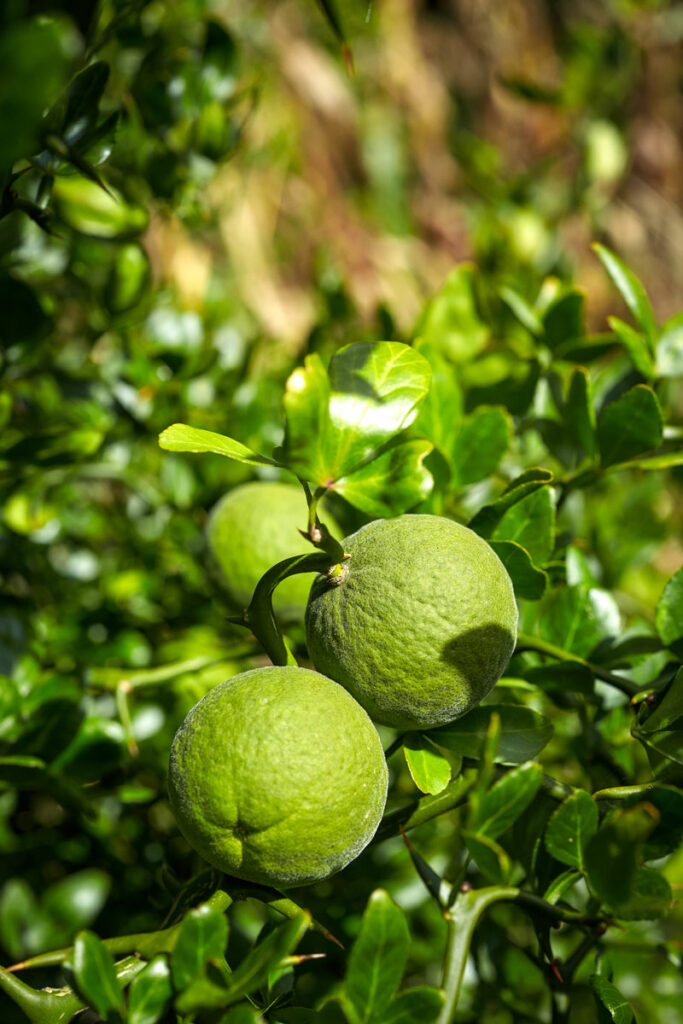
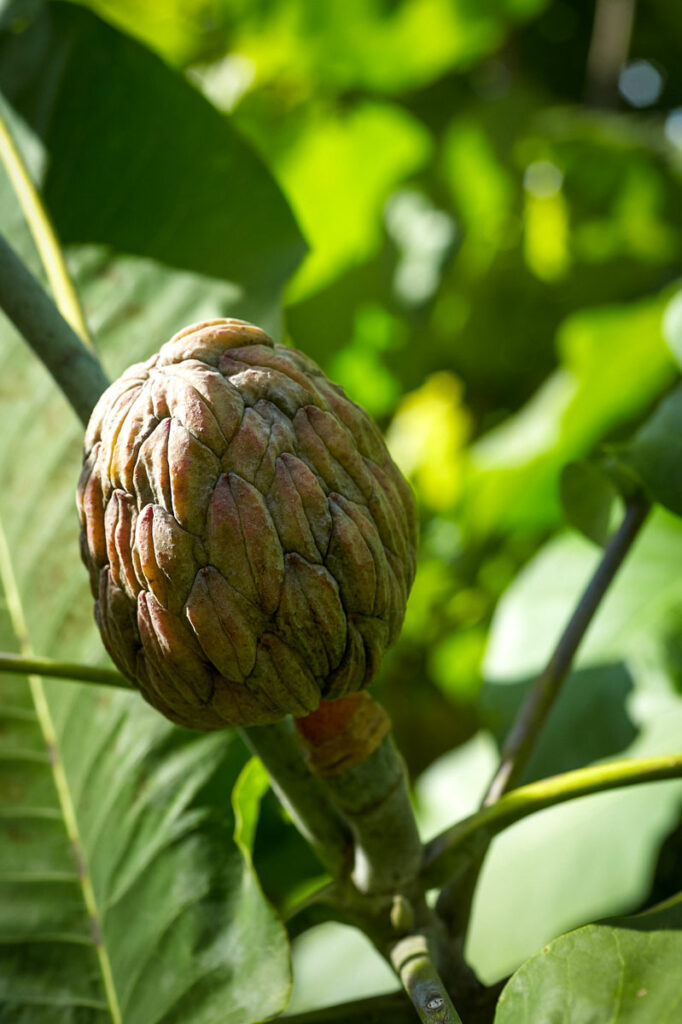
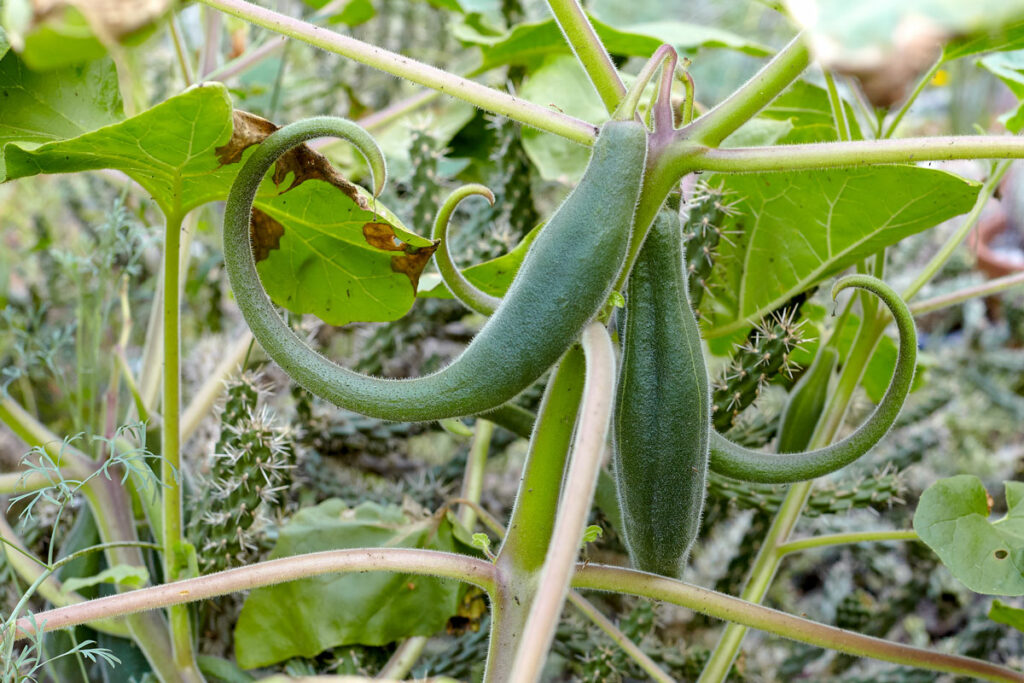
MYOGA GINGER (Zingiber mioga)
The edible flower buds taste like mild onion crossed with ginger. Well-drained, compost-enriched soil will help it slowly colonize a woodland area. Rated 5.
EUROPEAN QUINCE (Cydonia oblonga)
A small, self-fertile tree with beautiful pink and white flowers, it produces a hard aromatic fruit that is a classic American cooking fruit, commonly used for making
jellies and sauces. Heavenly floral fragrance. Rated 4.
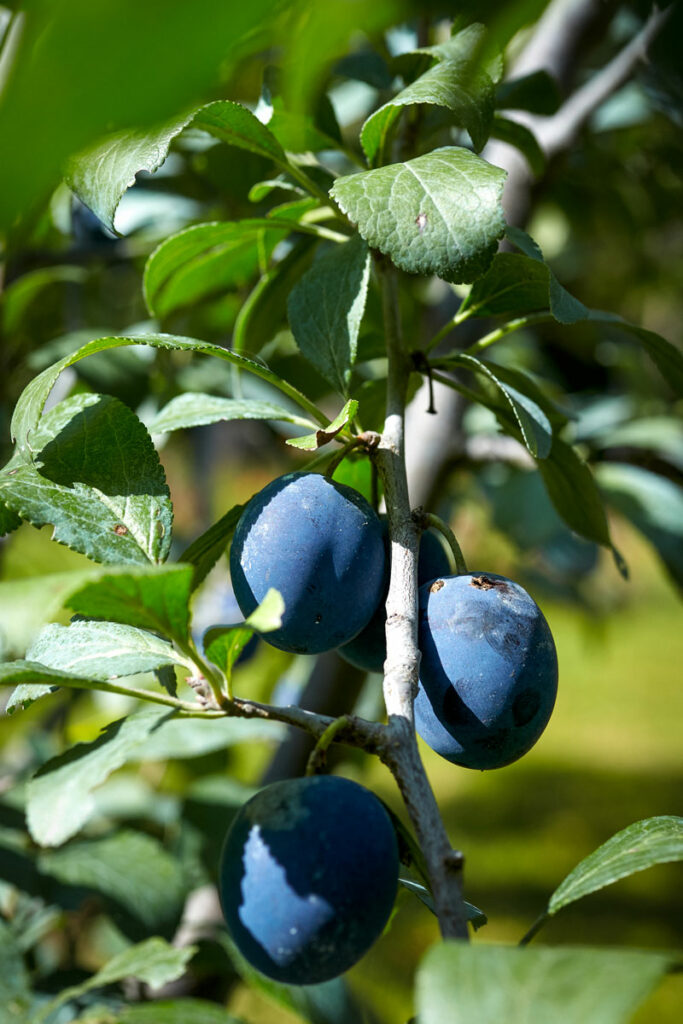
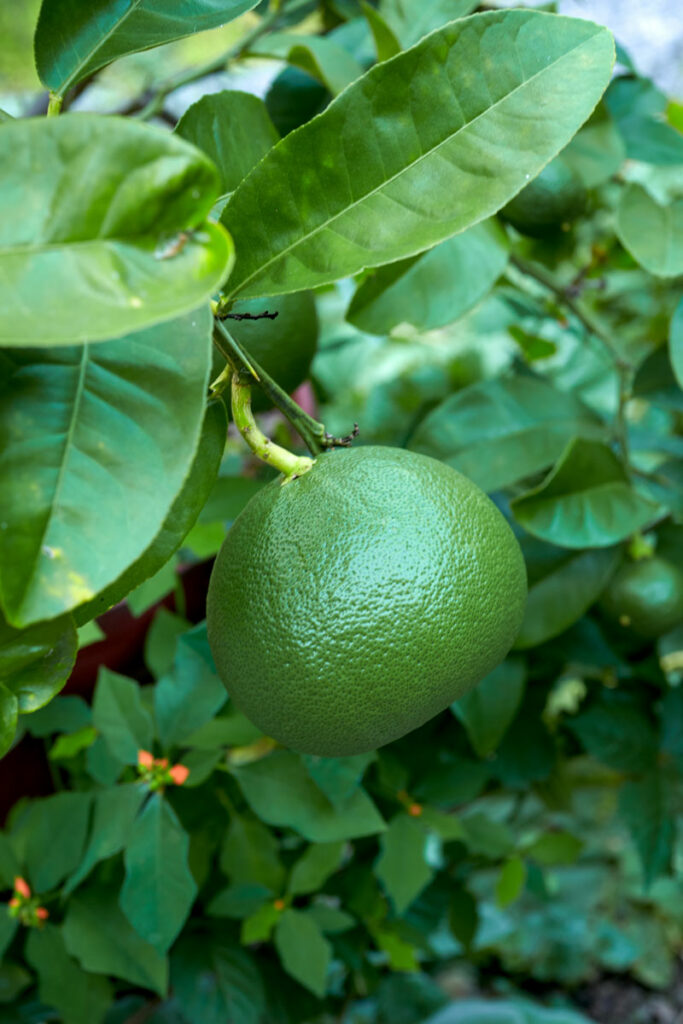
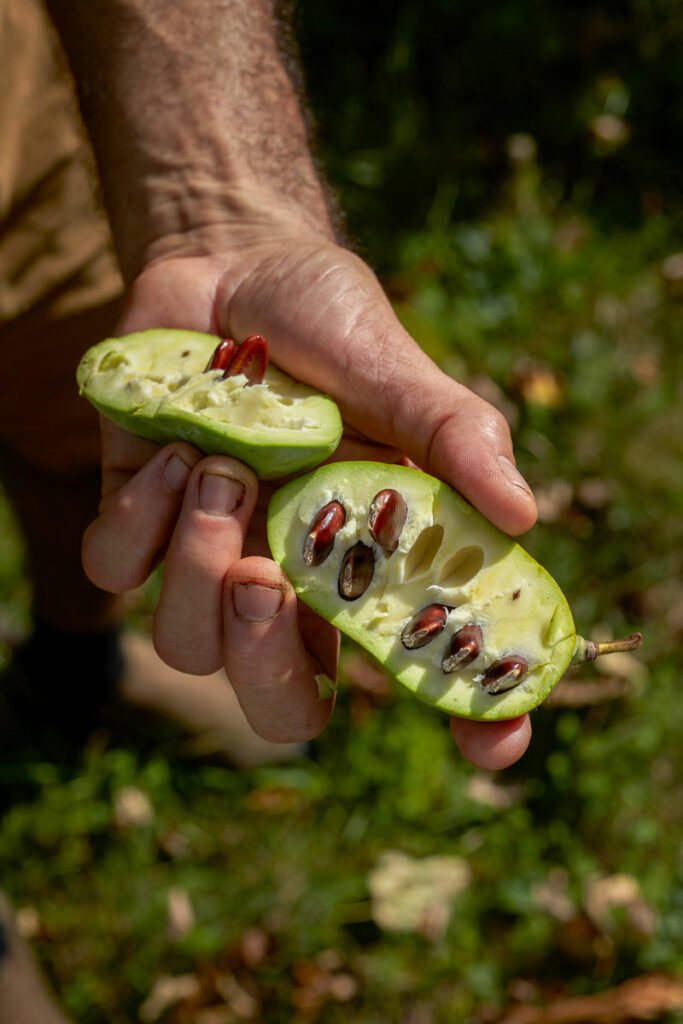
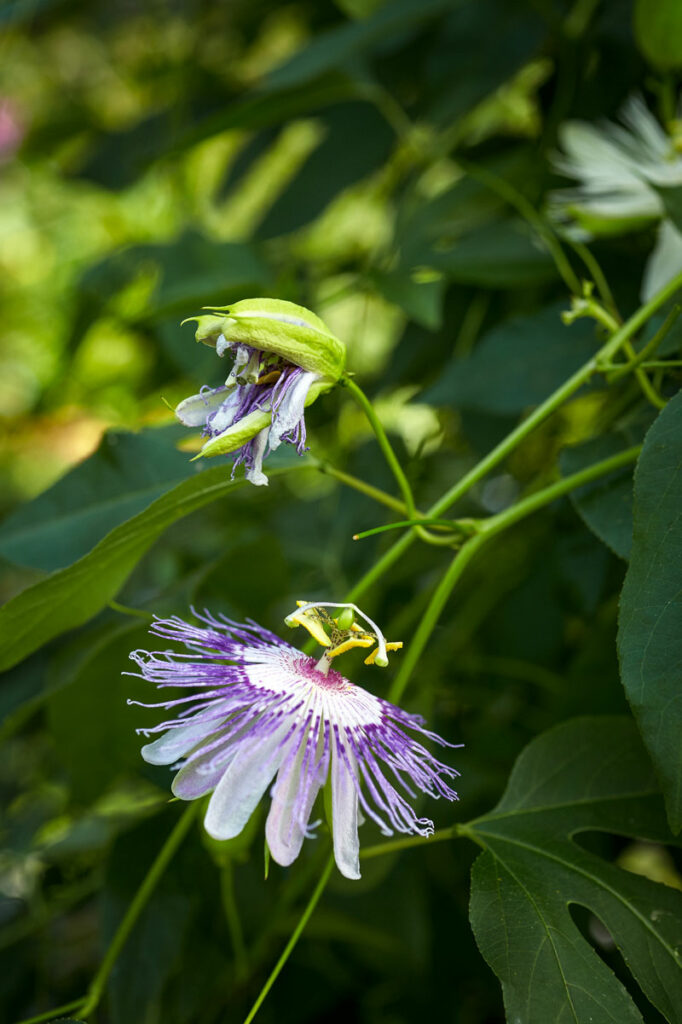
PAWPAW (Asimina triloba)
The undisputed queen of native American fruit, which taste like banana and coconut with hints of vanilla. Two trees are needed to produce fruit (and can take up
to 10 years to produce). Rated 5.
KOREAN STONE PINE (Pinus koraiensis)
A low-maintenance evergreen with cones that produce edible pine nuts, once the trees have reached eight feet or more in height. Rated 5.
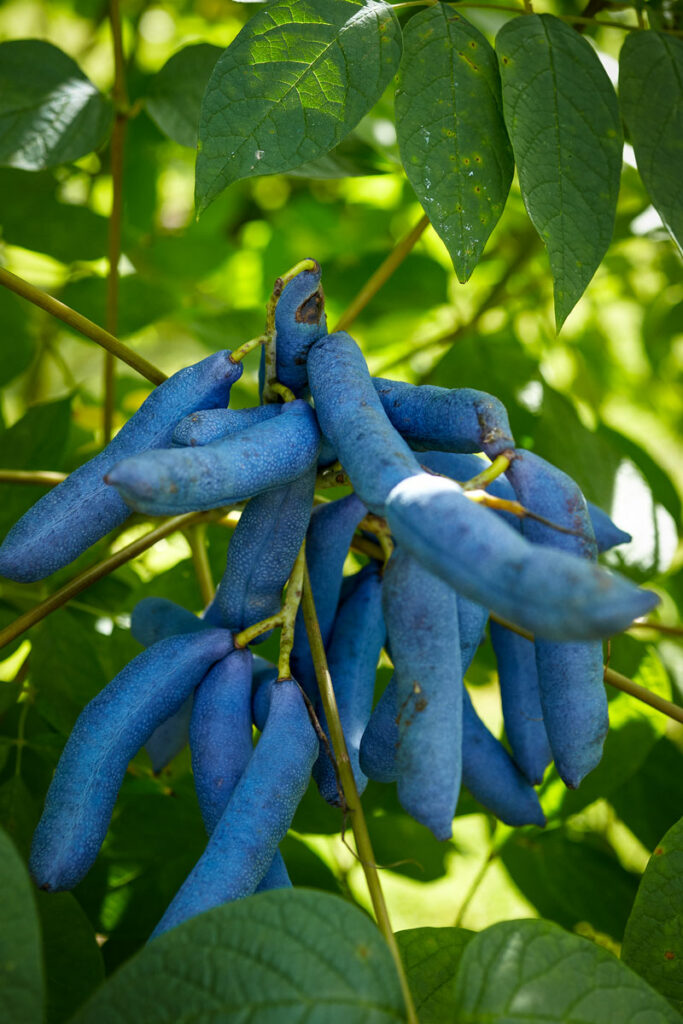
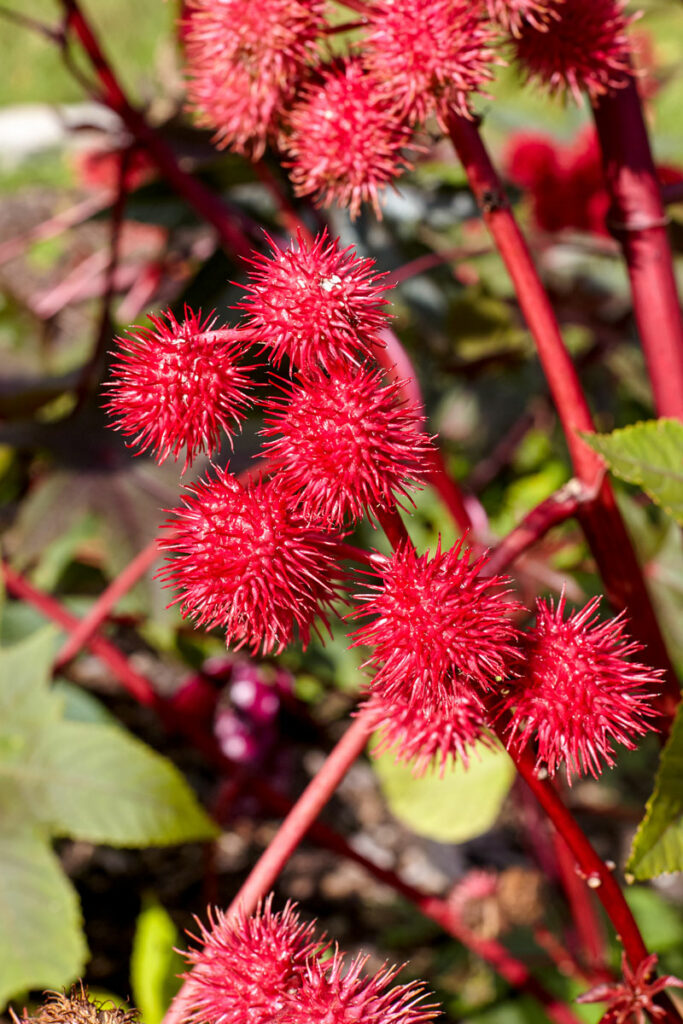
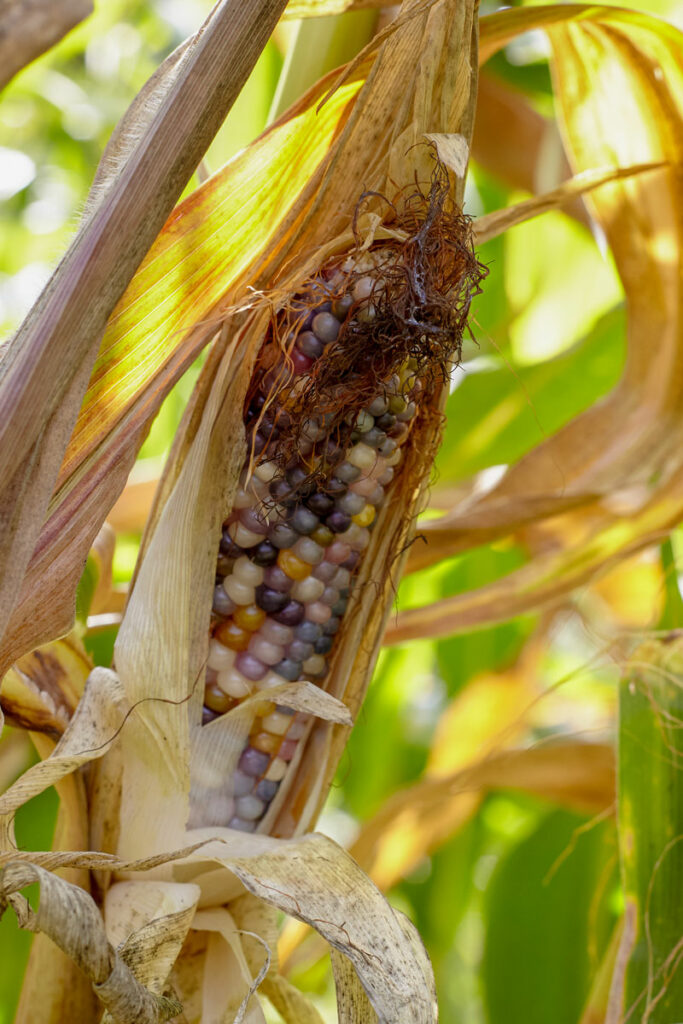
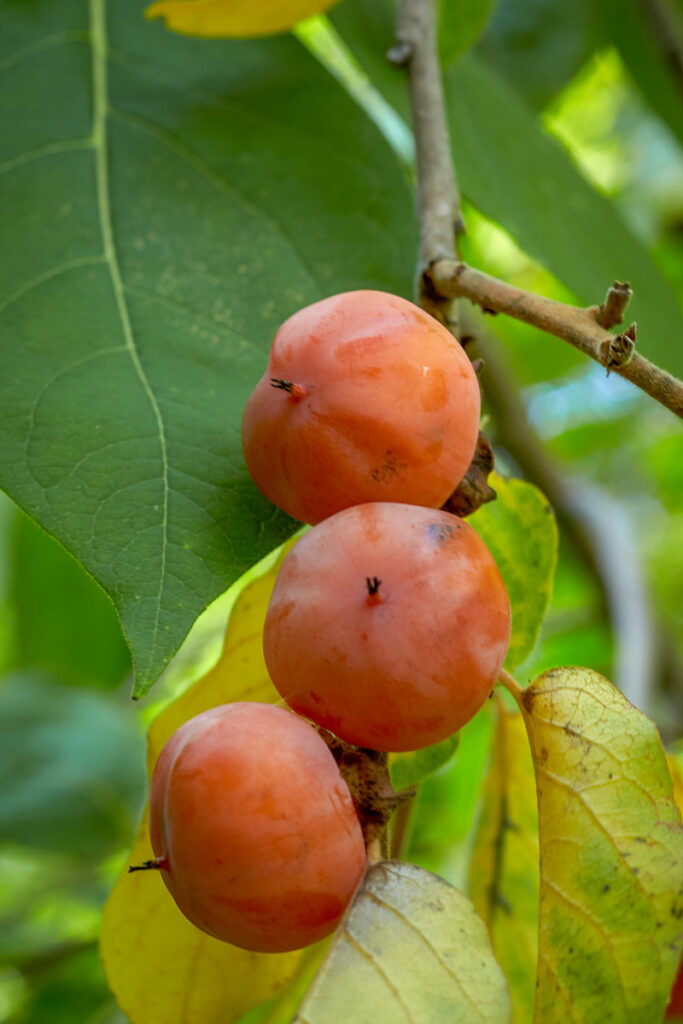
AMERICAN PERSIMMON (Diospyros virginiana)
A native tree that produces fruit high in tannins; eat when fully ripe to enjoy the sweet butterscotch flavor. Pollination can be a problem, so purchase a reliably selffertile cultivar for best fruiting. Rated 3–4.
AMERICAN CHESTNUT (Castanea dentata)
Wiped out in the early 20th century by a blight, there are now blight-resistant cultivars of these wonderful native trees. Two are needed for pollination and will
produce delicious flavorful nuts. Rated 4.
This story was originally published in our Spring 2019 issue.


